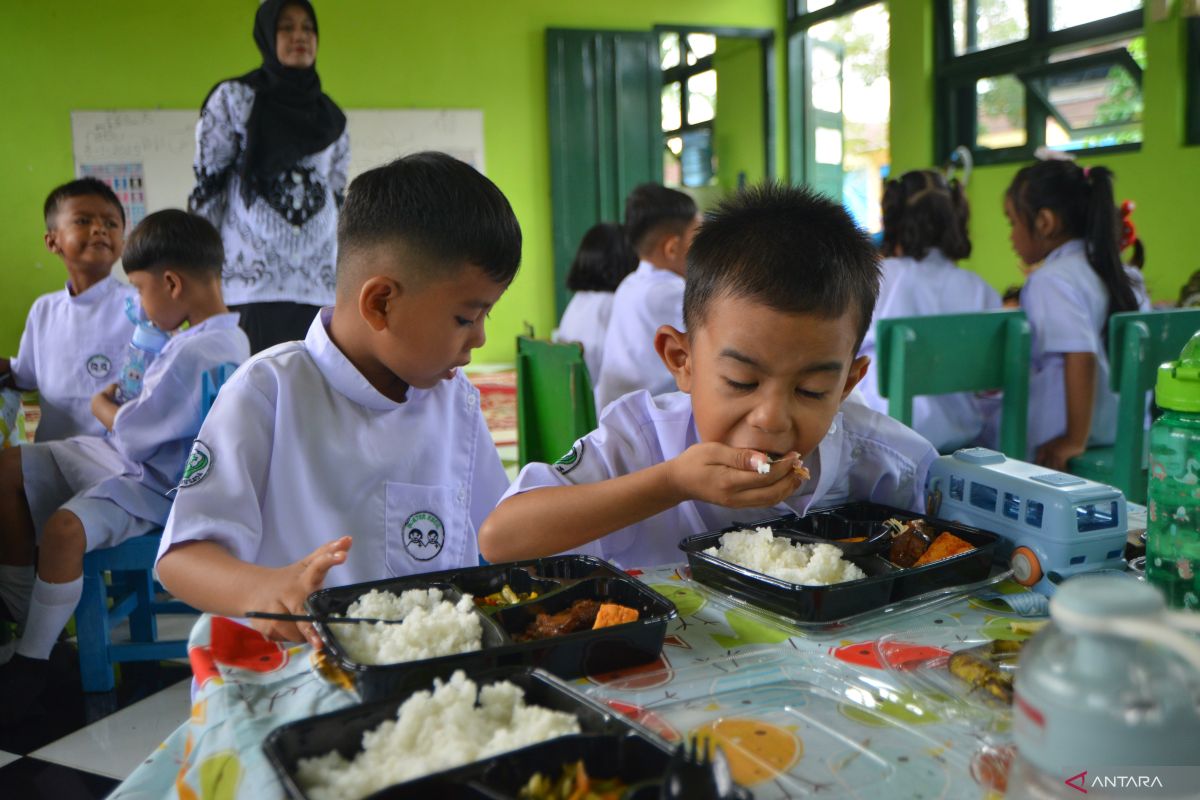Health Minister Budi Gunadi Sadikin has described the Free Nutritious Meals (MBG) program as a good effort to address one of the three public health issues arising from nutritional adequacy, air pollution, and sanitation.
Sadikin added that resolving the three health issues is beyond his authority so he appreciates the support from other ministries/institutions in improving public health.
He then thanked the head of the National Nutrition Agency (BGN), Dadan Hindayana, for implementing the free meals program.
“As Health Minister, I thank you Mr. Dadan because there are many problems outside the health sector that make me happy if they can be addressed,” he said here on Thursday.
Emphasizing his support for the free meals program, Sadikin added he believes that any shortcoming in the implementation of the program is understandable and can be fixed later.
The government officially rolled out the program on Monday as part of efforts to improve community nutrition. In January 2025, the program's primary focus will be students.
The program, which is among the Asta Cita or eight main programs launched by the Prabowo-Gibran government, aims to improve Indonesia's future generation by fulfilling the nutritional needs of pregnant women, toddlers, schoolchildren, and individuals at risk of stunting.
The government has prepared a budget of Rp71 trillion (nearly USD4.4 billion) for the program, which is currently being implemented simultaneously at 190 kitchens spread across 26 provinces.
The program will be implemented in stages to reach the target of 83 million beneficiaries nationwide by 2029.
Meanwhile, Tan Shot Yen, a Jakarta-based nutritionist and doctor, said that for its menu, the program could refer to the ministry’s existing public health program “Isi Piringku” (What’s On My Plate).
Isi Piringku could serve as a practical guide on the composition and portioning of meals to meet the general daily nutritional requirements, she added.
Tan said that in implementing the program, the government needs to understand the concept of healthy food, meaning it must have a shape and taste that is closer to the original form in nature, or what is known as real food.
The menu should also meet the requirements of a balanced diet comprising carbohydrates, proteins, and fat.
She also highlighted the need to pay attention to children’s culture or eating preferences to prevent the risk of food waste. For example, children in eastern Indonesia are no longer eating papeda or sago, but yellow rice like people in Java.
Related news: Leveraging free meals program to power up the economy
Related news: Free meals program to improve human resources: Indrawati
Translator: Mecca Yumna Ning Prisie, Yashinta Difa
Editor: Rahmad Nasution
Editor : Mahdani
COPYRIGHT © ANTARA News Kalimantan Selatan 2025

